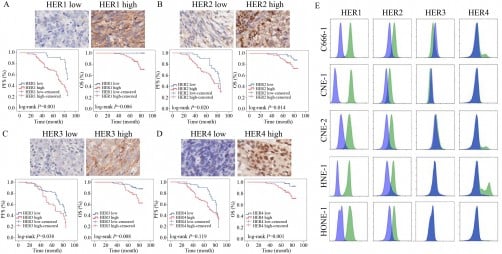Medicare Changes Set to Impact Millions by 2026

As 2026 approaches, significant changes to Medicare are set to affect millions of older Americans. These updates include adjustments to drug pricing, out-of-pocket expenses, and eligibility for certain benefits. Beneficiaries must navigate these changes carefully to avoid unexpected costs and maximize savings.
Starting on January 1, 2026, Medicare will implement negotiated prices for select high-cost prescription medications. This initiative aims to reduce out-of-pocket spending, with an estimated $1.5 billion in savings projected for beneficiaries in the first year. Some of the most notable price reductions include:
– **Eliquis** for blood clots, dropping from $521 to $231 per month.
– **Jardiance**, used for type 2 diabetes, decreasing from $573 to $197 per month.
– **Xarelto**, also for blood clots, falling from $517 to $197 per month.
– **Enbrel**, for inflammatory conditions, plummeting from $7,106 to $2,355 per month.
These reductions represent a significant step towards lowering prescription drug costs for seniors, as noted by an AARP Medicare analyst who emphasized the importance of reviewing coverage to avoid unexpected expenses.
Increasing Costs and New Rules
While the lower drug prices are beneficial, other changes could lead to higher expenses for some beneficiaries. The out-of-pocket spending cap for Medicare Part D plans will rise from $2,000 to $2,100, and the annual deductible will increase to $615. This means that beneficiaries who frequently rely on medications may face higher upfront costs despite the lower prices on certain drugs.
Medicare Advantage (MA) plans are also undergoing modifications. Starting in early 2026, the updated Plan Finder tool will enhance network transparency, enabling beneficiaries to verify whether their healthcare providers are in-network. Should a provider be out of network, enrollees may qualify for a special one-time enrollment correction window early in the year.
However, MA plans will impose stricter rules on non-medical supplemental benefits, including transportation and meal services. A pilot program designed to offer additional perks for chronically ill enrollees will conclude on January 1, 2026, raising concerns about the availability of these essential services.
New Prior Authorization Pilot
In another significant change, Original Medicare will launch a multi-state pilot program requiring prior authorization for certain devices, procedures, and services beginning January 1, 2026. This six-year initiative aims to streamline administrative processes but has generated concerns among healthcare providers and patient advocates regarding potential delays in care.
Beneficiaries should mark key dates on their calendars, including the Open Enrollment Period from October 15 to December 7, 2025. This period allows individuals to review their plans, check prescriptions, and make necessary changes to their coverage.
The deadline to opt out of automatic re-enrollment in the monthly drug-payment plan is December 31, 2025.
Action Steps for Beneficiaries
To navigate the upcoming changes effectively, Medicare users should take several proactive steps. First, check if any of the ten medications benefiting from negotiated pricing are part of your regimen. It’s also advisable to review the Part D deductible and out-of-pocket limits.
Confirm that healthcare providers are in-network under your MA plan and be aware of which non-medical benefits could be discontinued. Understanding the new prior authorization rules is essential for those enrolled in Original Medicare.
Robert Powell, a former editor and publisher at Retirement Daily, advises beneficiaries to carefully reassess their Part D plans. He encourages users to input their medications into the Medicare Plan Compare tool and check multiple pharmacies to ensure they are getting the best possible pricing.
Despite the increase in the out-of-pocket cap and the negotiated prices, many medications may still not be covered. Powell suggests that beneficiaries discuss alternatives with their doctors, such as switching to generics when available or seeking exceptions from their plans for necessary non-generic medications.
As 2026 approaches, Medicare offers both historic relief in drug pricing and new challenges with higher deductibles and stricter regulations. Beneficiaries who begin preparing now—by reviewing their drug lists, verifying provider networks, and comparing plan options—can position themselves to benefit from these changes while minimizing potential financial impacts.






